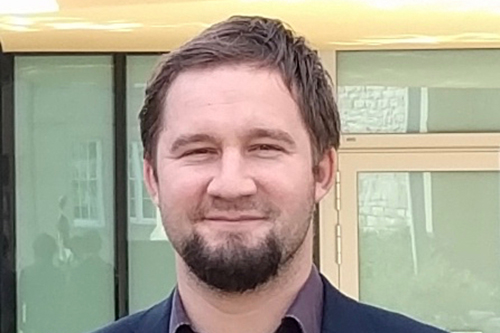Bartosz presented his mathematical research to dozens of politicians and a panel of expert judges, as part of the poster competition, and was judged against 29 other shortlisted researchers’ work.
His research, which focuses on the Generalized Fermat Conjecture, was awarded £1,000.
STEM for BRITAIN aims to help politicians understand more about the UK’s thriving science and engineering base and rewards some of the strongest scientific and engineering research being undertaken in the UK.
Sir Adrian Smith, Chair of the Council for the Mathematical Sciences (CMS), said: “The CMS is delighted that the mathematical sciences have been involved in this prestigious event once again, it is wonderful to showcase the importance of the mathematical sciences to a wider audience. It is paramount to encourage early-career research scientists, engineers, technologists and mathematicians and the STEM for BRITAIN event is a very effective way of doing this. We have been encouraged by the enthusiastic response from early-career researchers in the mathematical sciences and feel sure this will this continue in the future.”
Stephen Metcalfe MP, Chair of the Parliamentary & Scientific Committee said: “This annual competition is an important date in the parliamentary calendar because it gives MPs an opportunity to speak to a wide range of the country’s best young researchers. These early career engineers, mathematicians and scientists are the architects of our future and STEM for BRITAIN is politicians’ best opportunity to meet them and understand their work.”
